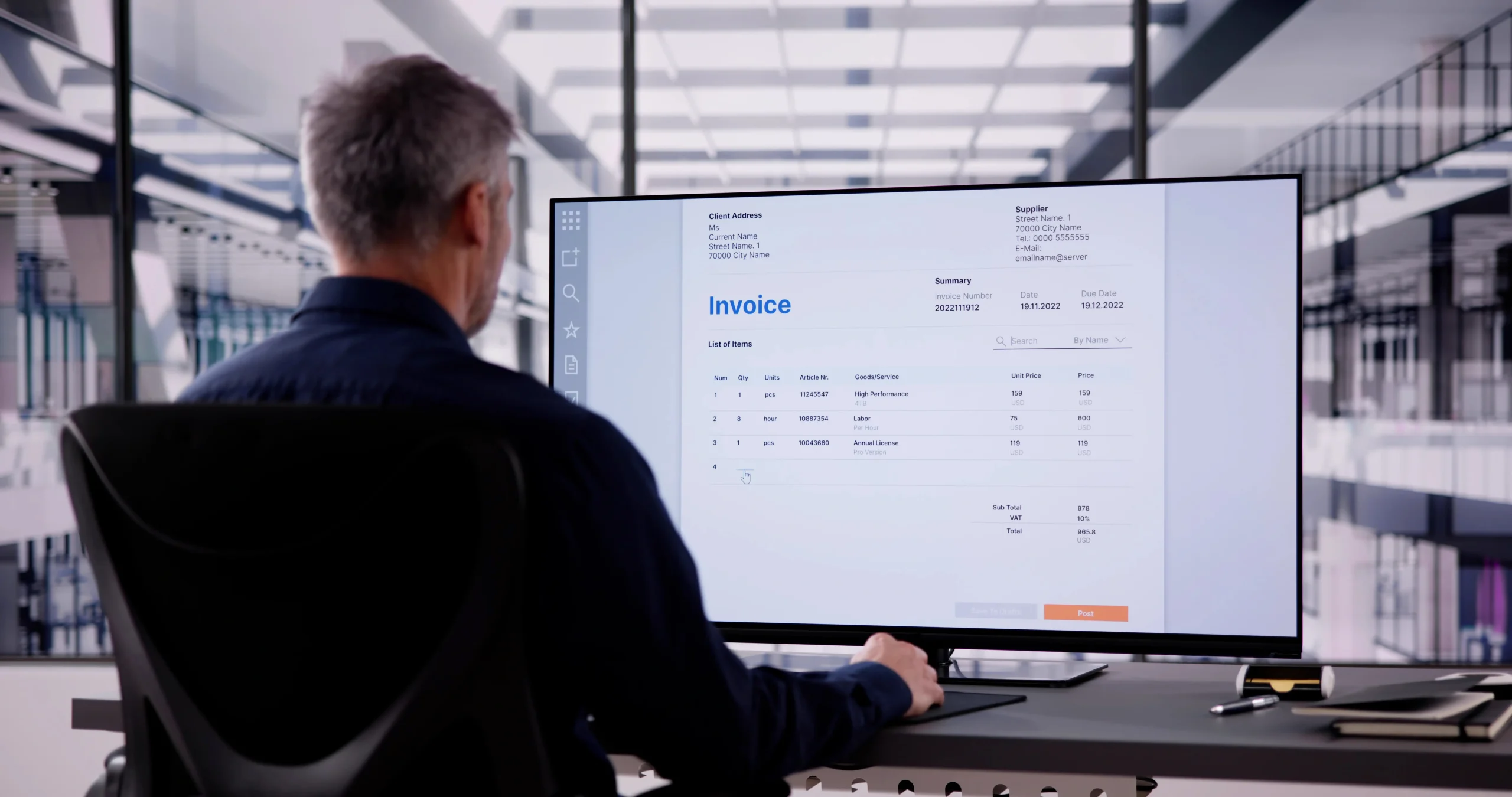
How Are Startup Costs Accounted For?
Understanding how startup costs are accounted for is crucial for business owners and entrepreneurs looking to manage their financials effectively. Many startups contact third party accounting firms for budgeting and forecasting services. Let’s examine what constitutes startup costs and how they differ from other expenses, like organizational costs.
Defining Startup Costs
Startup costs are the initial expenditures necessary to start a new business. These can include market research, advertising, employee training, and expenses for establishing a company presence. It’s essential to categorize these costs accurately to ensure compliant financial reporting and effective budget management.
Differences Between Startup Costs and Organizational Costs
Startup costs are the initial expenditures necessary to start a new business. These can include market research, advertising, employee training, and expenses for establishing a company presence. When managing early-stage teams, tools like the best HR software for startups help track employee-related costs, streamline onboarding, and support compliant financial reporting. Accurately categorizing these costs is essential for effective budget management and long-term business planning.
Initial Recognition of Startup Costs
The initial recognition of startup costs involves meticulously documenting and categorizing each expense item. Generally, these costs are recorded as expenses when incurred. However, they can be capitalized under certain circumstances, allowing businesses to benefit from potential tax advantages over a specified period.
For instance, under the Internal Revenue Code Section 195, a business can elect to deduct up to $5,000 of startup costs in the year it begins, with any remaining amounts amortized over 180 months. This brings us to the question: Can you amortize start-up costs over five years?
How Do You Record Startup Costs On A Balance Sheet?
Understanding how to record startup costs on a balance sheet ensures accurate financial reporting. Depending on their nature, startup costs may be classified as assets or expenses, which directly impact your business’s financial health.
Classification of Startup Costs as Assets or Expenses
Startup costs generally fall into two categories: organizational costs, which are associated with forming a corporation, and general startup costs, which are more operational. According to Generally Accepted Accounting Principles (GAAP), expenses directly tied to creating a business entity, such as legal and filing fees, can be capitalized as organizational costs. Conversely, any costs related to starting operations, like salaries or initial marketing outlays, are typically expensed.
Identifying Intangible Assets
It’s critical to determine whether certain startup costs qualify as intangible assets. An intangible asset is a non-physical resource with long-term value, such as patents or trademarks obtained during the startup phase. These costs can be capitalized and amortized over their useful life, offering future financial benefits.
Balance Sheet Presentation
If capitalized startup costs meet the criteria, they should appear on the balance sheet under the Intangible Assets section for a clear financial presentation. Expenses not meeting capitalization criteria are recorded immediately on the income statement, impacting the company’s net income. A summary of capitalized costs and their amortization schedules within your financial notes can also enhance transparency and compliance with GAAP.
Are Start-Up Costs Capitalized?
Startup costs are inevitable when launching a new business, and knowing how to handle them financially can make a significant difference. Understanding whether start-up costs can be capitalized is crucial for business owners and entrepreneurs. Proper capitalization can impact financial reporting, tax deductions, and the company’s overall financial health. Here, we’ll delve into the conditions for capitalization, GAAP guidelines, and the specific treatment of syndication costs.
Conditions for Capitalization
Capitalizing start-up costs means treating them as a capital expenditure rather than an immediate expense. This approach can be beneficial as it allows the company to spread the cost over several years, providing a clearer picture of financial performance. The primary condition for capitalization is that the start-up costs must have a future economic benefit. For example, accounting software for startups, development costs or costs incurred for constructing a new facility can be capitalized because they will contribute to revenue generation in the future.
GAAP Guidelines on Capitalization
The Generally Accepted Accounting Principles (GAAP) provide explicit guidelines for treating start-up costs. According to GAAP, start-up costs should be expensed as incurred unless they qualify for capitalization under specific circumstances. This guideline ensures that the financial statements provide a realistic view of the company’s expenses and profits. Certain costs, like research and development expenses, however, typically cannot be capitalized and must be expensed immediately.
Treatment of Syndication Costs
Syndication costs, often incurred during fundraising efforts, have a nuanced treatment under GAAP. These costs cannot be capitalized as an asset. Instead, they are often recorded as a reduction of equity, directly impacting the company’s financial structure. Business owners should consult a financial advisor to ensure all costs are appropriately categorized and recorded according to regulatory standards and best practices.
Understanding the pathways and limitations for capitalizing start-up costs can provide significant financial advantages. It allows businesses to allocate expenses strategically over time, thus ensuring a more balanced and accurate representation of their financial health.
Can You Amortize Start-Up Costs In Gaap?
Understanding the treatment of startup costs under the Generally Accepted Accounting Principles (GAAP) is crucial for new businesses. GAAP provides specific guidelines for amortizing startup costs, which helps provide a clear and consistent approach to financial reporting.
GAAP Standards for Amortization of Startup Costs
GAAP allows businesses to capitalize on and amortize startup costs over a period of time. Typically, these costs are related to one-time activities necessary to create or improve a trade or business before it begins operation. Under GAAP, these costs can include expenses for activities such as market research, employee training, and travel related to establishing business operations. According to GAAP, these costs should be amortized using a systematic and rational method over the startup costs amortization life, which usually doesn’t exceed 15 years.
Amortization Periods and Methods
The amortization period for startup costs is often predetermined and must reflect the estimated useful life of the startup expenditures. A common misconception is that these costs must be amortized over five years; however, while the IRS tax rule allows for a five-year amortization period, GAAP does not specify a set period, leaving it to the discretion of the business to choose a reasonable period that is reflective of the business’s unique circumstances. The most commonly used method is the straight-line method, which provides consistent expense recognition each year over the chosen period.
Examples of Amortization Over 5 Years
Consider a practical example: If your startup incurs $10,000 in qualifying startup costs, and you decide on a five-year amortization period, you would divide the total cost by 5, resulting in an annual amortization expense of $2,000. This expense is then recorded in your profit and loss statement each year for the next five years, spreading out the impact of the startup costs on your financial performance.
Turn your accounting into a competitive advantage with Milestone‘s bookkeeping services for startups. Our experienced bookkeepers and accountants will take care of your financial records so you can focus on running your business. Gain access to better information and make smarter decisions with our reliable expertise. Contact Milestone today!
Related Content

What Is Incremental Budgeting?
Find out what incremental budgeting is and how it differs from other budgeting methods. Transform your budgeting process by partnering ...

What Is Financial Planning & Analysis?
Learn about financial planning and analysis to transform your business. Milestone combines deep financial insight with hands-on support so businesses ...

What If Analysis: Definition, Benefits, And How To Perform One
What-if analysis is a strategic decision-making tool used in financial planning to evaluate the impact of various hypothetical scenarios on ...
Stay in the know